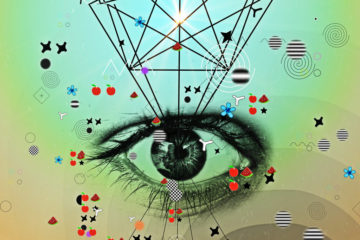Siobhan Roberts in The New York Times:
 During a workshop last fall at the Vatican, Stanislas Dehaene, a cognitive neuroscientist with the Collège de France, gave a presentation chronicling his quest to understand what makes humans — for better or worse — so special. Dr. Dehaene has spent decades probing the evolutionary roots of our mathematical instinct; this was the subject of his 1996 book, “The Number Sense: How the Mind Creates Mathematics.” Lately, he has zeroed in on a related question: What sorts of thoughts, or computations, are unique to the human brain? Part of the answer, Dr. Dehaene believes, might be our seemingly innate intuitions about geometry.
During a workshop last fall at the Vatican, Stanislas Dehaene, a cognitive neuroscientist with the Collège de France, gave a presentation chronicling his quest to understand what makes humans — for better or worse — so special. Dr. Dehaene has spent decades probing the evolutionary roots of our mathematical instinct; this was the subject of his 1996 book, “The Number Sense: How the Mind Creates Mathematics.” Lately, he has zeroed in on a related question: What sorts of thoughts, or computations, are unique to the human brain? Part of the answer, Dr. Dehaene believes, might be our seemingly innate intuitions about geometry.
Organized by the Pontifical Academy of Sciences, the Vatican workshop addressed the subject “Symbols, Myths and Religious Sense in Humans Since the First” — that is, since the first humans emerged a couple of million years back. Dr. Dehaene began his slide show with a collage of photographs showing symbols engraved in rock — scythes, axes, animals, gods, suns, stars, spirals, zigzags, parallel lines, dots. Some of the photos he took during a trip to the Valley of Marvels in southern France. These engravings are thought to date back to the Bronze Age, from roughly 3,300 B.C. to 1,200 B.C.; others were 70,000 and 540,000 years old. He also showed a photo of a “biface” stone implement — spherical at one end, triangular at the other — and he noted that humans sculpted similar tools 1.8 million years ago.
More here.
